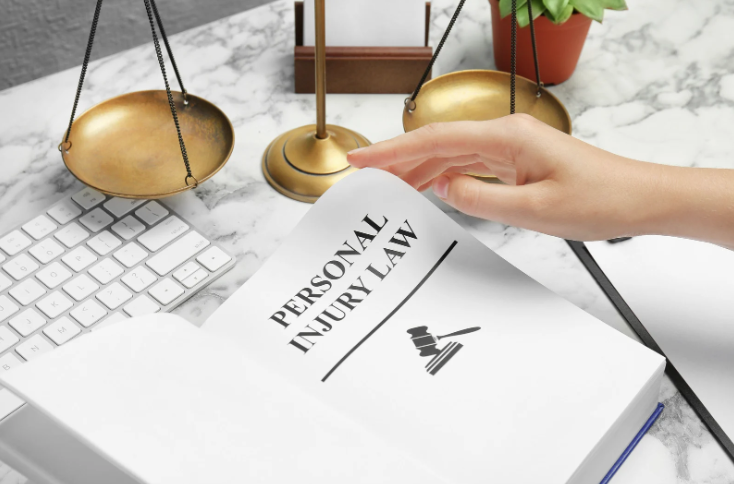What Is Pure Comparative Negligence in Kentucky, and Can I Recover if I’m Partially at Fault?
Written by Cooper & Friedman PLLC on September 23, 2025

When it comes to personal injury, negligence plays a large part in the decision for damages and compensation. It proves that the defendant was at fault for the injury or accident that occurred. There are several types of negligence in court cases. However, there are two that are important in Kentucky: comparative negligence and pure comparative negligence.
The Difference Between Types of Negligence
Who is at fault is not always obvious. And, even if it is, there are several cases where fault is at least shared between two or more parties.
The primary difference between comparative and contributory negligence is that, with comparative negligence, compensation can vary with your percentage of fault. With contributory negligence, any fault can disqualify a plaintiff from receiving any compensation at all, even if it is only 1% the plaintiff’s fault.
When it comes to pure comparative negligence and modified comparative negligence, the percentages play a bigger role in compensation. Pure comparative negligence allows a plaintiff to pursue compensation regardless of what percentage of fault falls on them. They could seek 99% of the compensation or 1% of the compensation, and the case will be valid. Modified comparative negligence prevents parties from seeking compensation if they are found to be 50-51% at fault.
In Kentucky, we follow the pure comparative negligence rules.
How Pure Comparative Negligence Works
Pure comparative negligence usually follows a relatively straightforward approach. First, the accident is brought to court and debated. Having an experienced lawyer on your side to help you gather the right documents and evidence will be a big help at this stage. The percentage of fault that each party is found guilty of will be the amount of the total compensation that they are awarded (the plaintiff) or that they will have to pay (the defendant).
Tips for Establishing Negligence:
1. Focus on Evidence
Be sure to gather any evidence possible, if you are safe and in a good position to. The first thing you need to do after an accident is seek medical help if you need it. If you are unharmed, take photos of the accident, the parties involved, the area around the accident, and any property damage. Talk to any witnesses and gather statements, videos, and reports. Keep all medical records and police reports organized and ready to use. These are all factors that can play a part in establishing percentages of fault.
2. Seek Legal Guidance:
Injuries can be scary, whether it be a car accident, a work injury, a motorcycle accident, or an instance of police brutality. Having expert Louisville, KY personal injury lawyers on your side can significantly impact your financial recovery while you rest and take time to heal. Even if you were partially at fault, having a lawyer is the first step to recovering as much compensation as possible.
If you or someone you love has been injured in the State of Kentucky and are in need of an experienced injury attorney, give the lawyers at the Cooper & Friedman law firm a call. The attorneys at Cooper and Friedman PLLC have over 50 years of combined experience defending the rights of injury victims. Contact us with questions you might have or schedule a free case consultation with an attorney by calling 502-459-7555 today.

